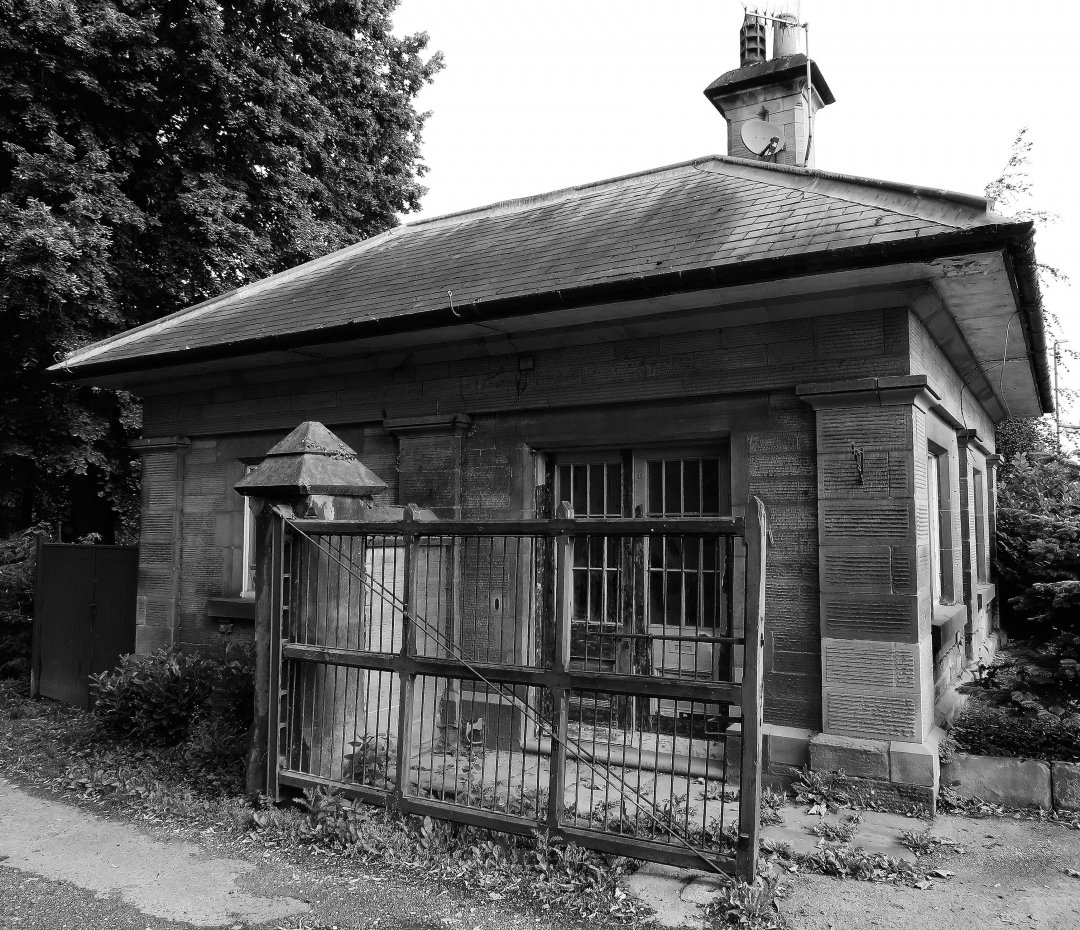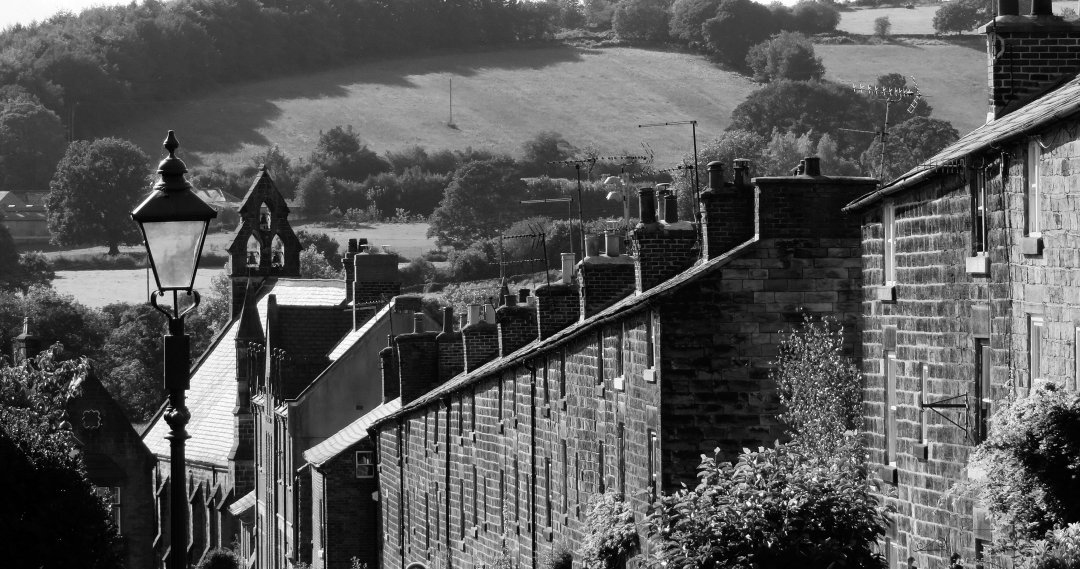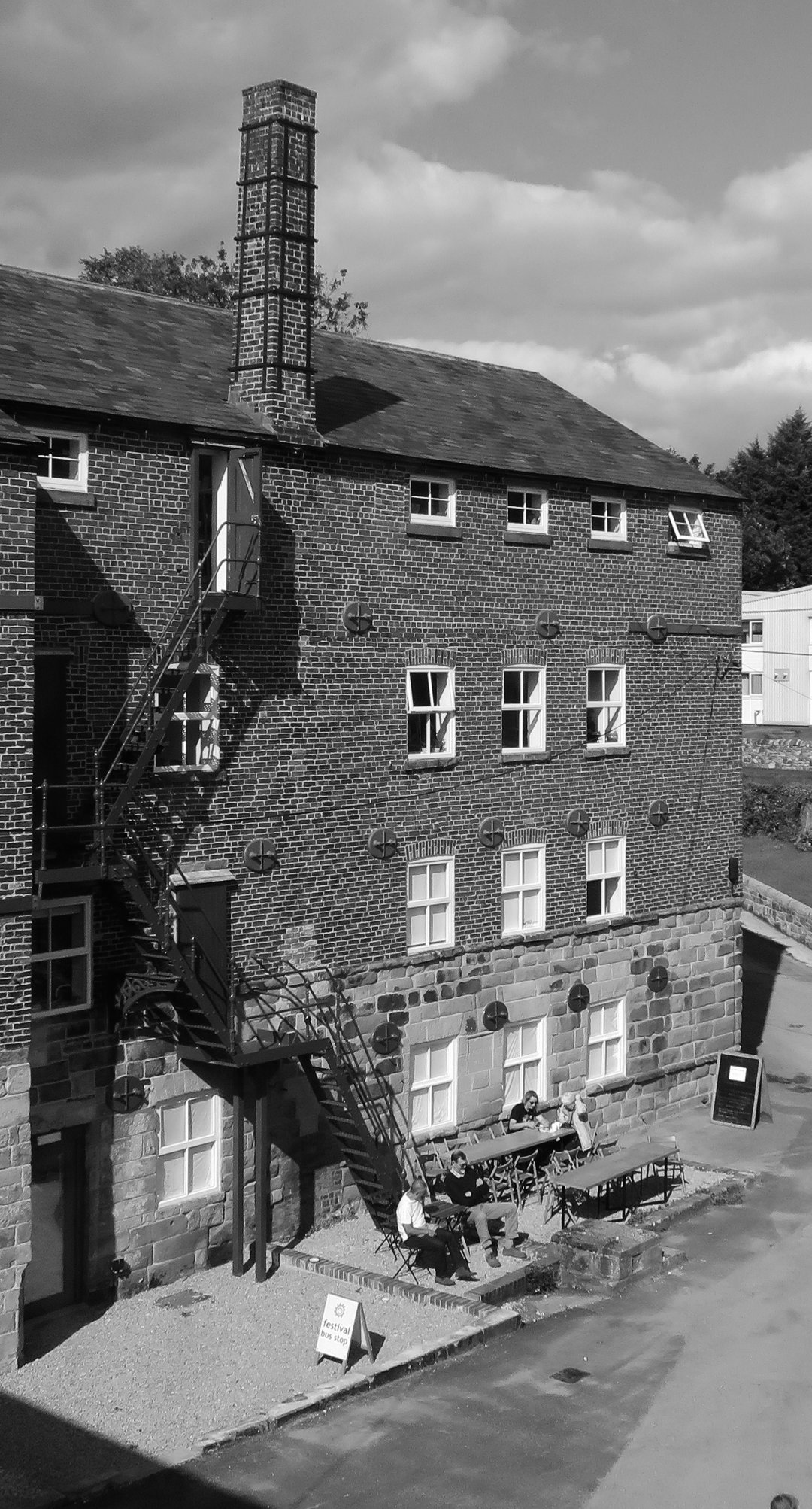The UNESCO concept of “Outstanding Universal Value” (OUV) can be difficult to get to grips with if one is unfamiliar with it so a brief explanation is given here.
As is evident from the preceding section, OUV is comprised of three “pillars”: meeting the criteria; integrity and authenticity (cultural WHS only); and protection and management.
The criteria are those which are listed at paragraph 69 of the Operational Guidelines for the Implementation of the World Heritage Convention. Derwent Valley Mills satisfies criteria (ii) exhibit an important interchange of human values, over a span of time or within a cultural area of the world, on developments in architecture or technology, monumental arts, town planning or landscape design and (iv) be an outstanding example of a type of building or architectural or technological ensemble or landscape which illustrates (a) significant stage(s) in human history.
Authenticity relates to the credibility of the evidence for meeting the criteria, for example is what is represented on the ground an authentic representation of the historical record. Integrity related to how much of this authentic evidence actually survives. To satisfy this pillar of OUV there has to be high levels of both authenticity and integrity, demonstrated in the case of Derwent Valley Mills by, for example the mills themselves representing the birth of the factory system, where the mills present both credible evidence and high levels of integrity in the survival of physical fabric from this historically significant period.
Taken together the criteria met and authenticity effectively comprise what in a UK context we refer to as significance, a concept which enables the identification of the relative importance of heritage assets in a local, national and international context. Where OUV differs from the concept of significance is the incorporation of protection and management as a pillar of OUV, rather than as a separate system for sustaining significance. The rationale for this is that, as the Convention requires the OUV of World Heritage Sites to be sustained in perpetuity, this must be guaranteed by including the protection and management system as an integral part of OUV rather than separate legislation and policy which can be amended over time.
For effective protection and management it is necessary not only to have the overarching Statement of Outstanding Universal Value, but also to define the attributes of OUV which individually and collectively comprise OUV. For example having clearly defined attributes enables the impact of proposed changes within a WHS and its setting to be assessed against individual attributes as well as OUV as a whole. Attributes can be both tangible, for example the physical aspects of a WHS such as historic buildings and archaeological remains, and intangible, for example the concept of large scale industrial production.
This section of the plan therefore defines the attributes of the OUV of the Derwent Valley Mills WHS and the elements of which they are formed.

| Attributes | Elements |
|---|---|
| 1. The successful harnessing of relatively large amounts of natural energy to deliver the power to drive newly devised machines housed in mills to produce goods of superior quality at an unprecedented rate. | Watermills, water courses, mill ponds, aqueducts, culverts, weirs, leats, soughs, launders, waterwheels, mill yards, bleach mills, tentering grounds, warehouses, barracks, counting houses, offices, chimneys. |
| 2. The creation and development of a new way of life resulting from the need for people to congregate together (in factories) producing goods of superior quality at an unprecedented rate, sometimes in formerly rural (non-urban) locations, with attendant intensification of agriculture for provisioning and the adoption, from the early 19th Century, of new modes of transportation. | Mill workers houses (new forms of housing built in planned campaigns), pigsties, allotments, overseers houses, mill owners houses and service buildings, mill owners parks and gardens, clergy houses, shops, chapels, churches, schools, inns, mill owners’ farms, field barns, etc. The relationship of the industrial installations and their dependent housing settlements to the river and its tributaries and to the topography of the surrounding rural landscape has been preserved, especially in the upper reaches of the valley, virtually intact, Similarly, the interdependence of the mills and other industrial elements, such as the canal and railway, and the workers’ housing, is still plainly visible. |
| 3. The dissemination of the new technology and new mode of mass production, from the Derwent Valley to other parts of the UK, Europe and North America, prior to the introduction of steam power and the transference of mill development to the coalfields of Lancashire. | Watermills, water courses, aqueducts, culverts, weirs, leats, waterwheels, mill yards, bleach mills, warehouses, offices, workers’ housing and communities which influenced global industrialisation. |
| 4. The further development of industry including the introduction of new modes of transportation and utilities. | Canals, canal wharfs, canal bridges, aqueducts, winding holes, weighbridges, tramways, pumping houses, turnpike roads, toll houses, toll gateposts, railways, railway stations, railway bridges, railway cuttings, railway junctions, railway workshops, gas works, metalled roads, paved causeways, street lighting, reservoirs, flood bunds. |
| 5. A ‘relict’ industrial landscape, where late 18th and early 19th century industrial development may still be seen in an 18th/ 19th century agricultural landscape containing evidence of other early industrial activity. | Enclosure field boundaries, traditional 18th/19th century field patterns, ancient woodland, pastoral farmland, designed landscapes, tree plantations, pathways and channels, farms, agricultural buildings, hosiery and nail warehouses, nailshops, nailers’ houses, nailmasters’ houses, workshops, quarries, lead mines. |

Whilst all the necessary attributes for conveying Outstanding Universal Value lie within the ‘Property Boundary’, in this case a 24km long World Heritage Site, new research has increased our understanding of the OUV of the property and has identified some associated attributes and elements which lie beyond the boundary of the property, within the buffer zone and beyond. These new additions have been identified as a result of a better understanding of the DVMWHS, through research undertaken since inscription in 2001. Although these associated attributes and elements were not fully identified at the time of inscription, they support OUV and should be regarded as integral to a full understanding of the inscribed property. Effective management of the World Heritage property and its OUV must take account of them and give them due consideration.
The most significant attribute which spills out of the WHS and into the buffer zone and beyond is the relict landscape, the green ‘cradle’ in which the factory system was established for the first time in the 18th century. The SOUV emphasizes that the relationship of the industrial buildings and their dependent urban settlements to the river and its tributaries and to the topography of the surrounding rural landscape has been preserved. In addition the SOUV recognises that much of the landscape setting of the mills and the industrial communities, which was much admired in the 18th and early 19th centuries, has survived” and it is therefore very important this landscape is protected from and not undermined by spreading urbanisation. In addition, other elements outside the WHS, associated with attributes of the OUV within the property, have also been identified since 2001.
Examples of these include (but are not limited to):
- Whitehouse Farm, Belper Lane, Belper (attribute 2, new way of life)
- Bridge Hill Ice House and other structures, Bridge Hill, Belper (attribute 2, new way of life)
- Housing, Belper (attribute 2, new way of life)
- Haarlem Mill, Wirksworth (attribute 3, dissemination of the new technology)
- The Bessalone Reservoir, off Crich Lane, Belper (attribute 4, utilities)
- Nail Shops, Belper – including Bullsmoor (attribute 5, evidence of other early industrial activity)
By its very nature, this list can only be indicative. As further research takes place, our understanding of attributes and associated elements which support the OUV of the World Heritage Site deepens and expands.

